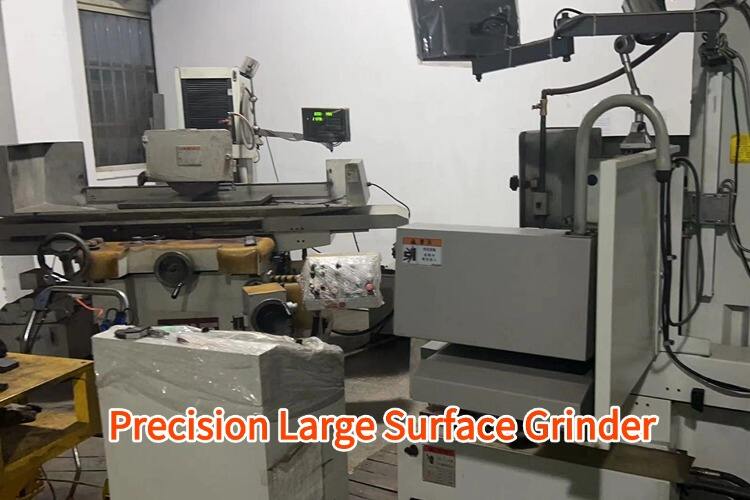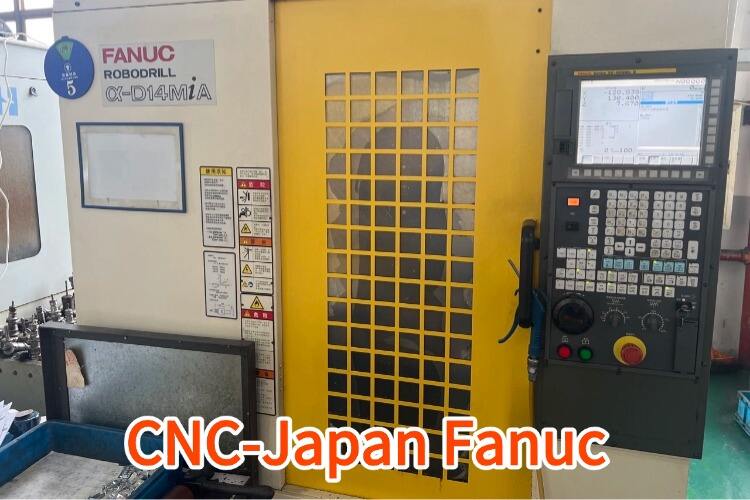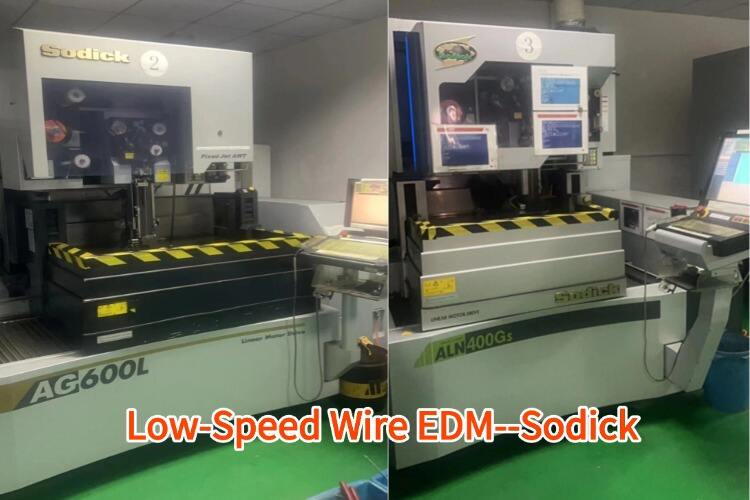different types of heat treatment
Heat treatment is a crucial metalworking process that involves controlled heating and cooling of materials to alter their physical and mechanical properties. The main types include annealing, normalizing, hardening, and tempering. Annealing involves heating the material to a specific temperature, maintaining it, and then slowly cooling it to reduce hardness and increase ductility. Normalizing is similar to annealing but uses air cooling, resulting in more uniform properties. Hardening involves rapid cooling or quenching after heating, increasing the material's hardness and strength. Tempering follows hardening and involves reheating to a lower temperature to reduce brittleness while maintaining strength. These processes are essential in manufacturing, aerospace, automotive, and toolmaking industries. Each type serves specific purposes, from stress relief and improved machinability in annealing to enhanced wear resistance in hardening. Modern heat treatment facilities employ precise temperature control, specialized furnaces, and advanced cooling systems to ensure consistent results. The choice of heat treatment depends on the material composition, desired properties, and intended application.


